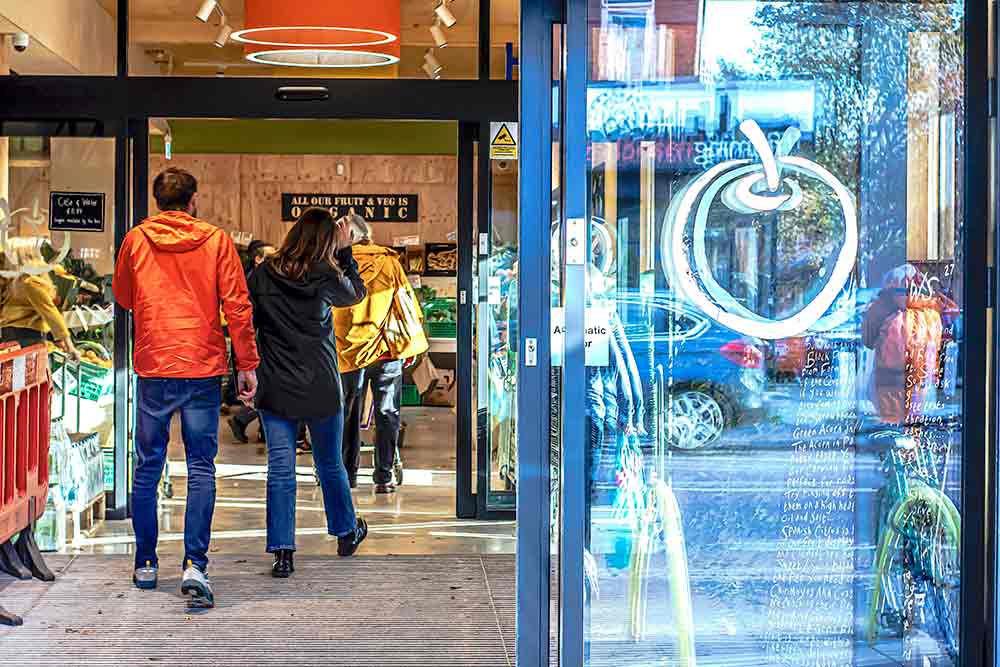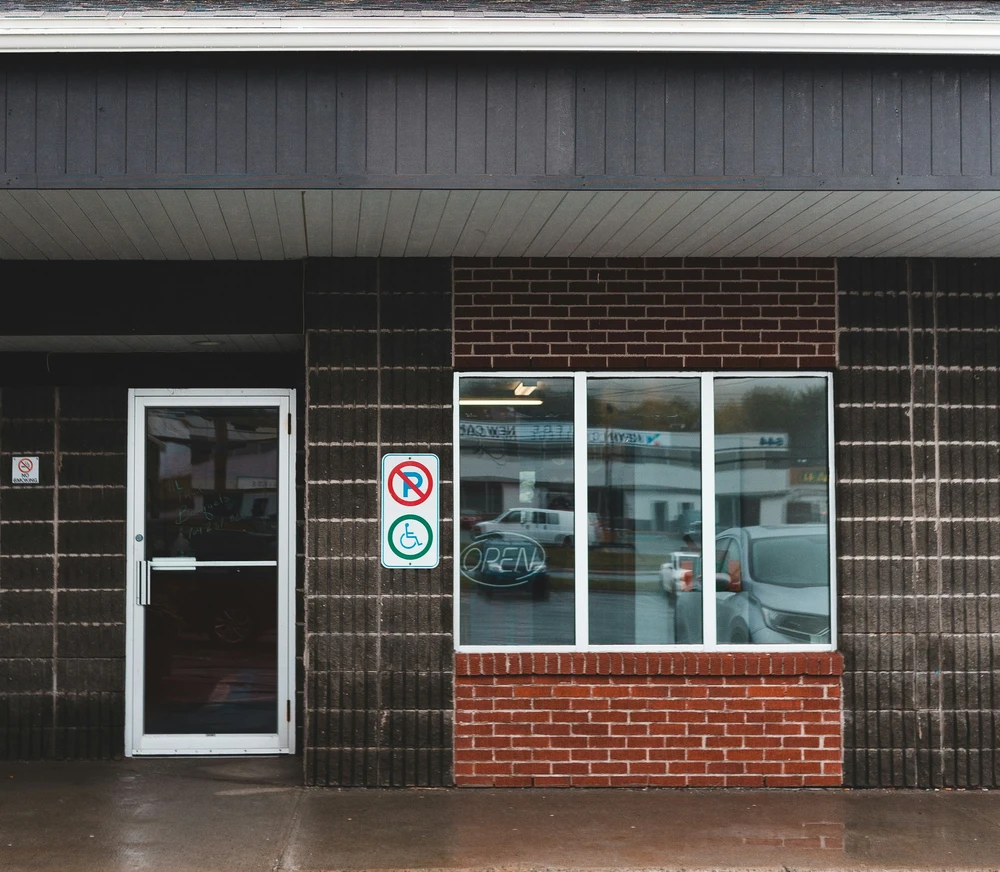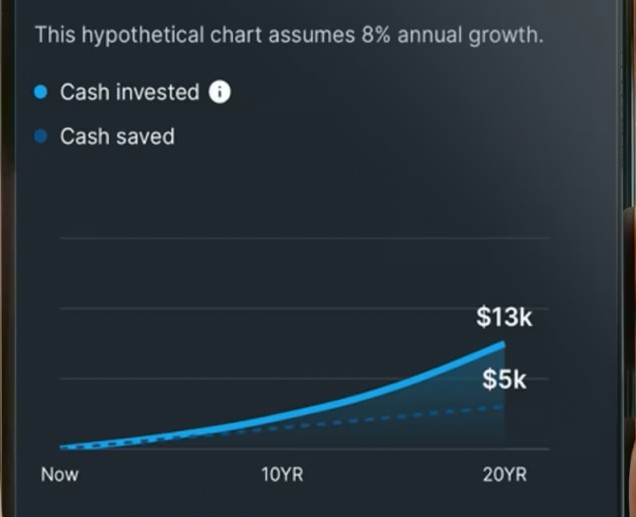Introduction to the Superstore Industry
The superstore industry represents a cornerstone of the U.S. retail landscape in 2025. Characterized by expansive formats, these stores integrate grocery, clothing, home essentials, and electronics into a one-stop shopping destination. But what makes this retail model so resilient and valuable today? It’s the convergence of affordability, variety, and convenience—especially appealing to budget-conscious consumers facing inflation, housing price hikes, and economic uncertainty.
In a post-pandemic economy, American shoppers are prioritizing value more than ever. With wallets under pressure, people are turning to superstores not just for deals but for reliable quality and seamless shopping experiences. Add to that the shift to digital retail and growing demand for sustainability, and the superstore model becomes both a challenge and an opportunity.
In this blog post, we’ll dive into emerging superstore market trends, analyze consumer preferences, explore leading players like Walmart and Target, and look ahead to what’s shaping the future of the industry. This guide is a must-read for consumers, retailers, and industry watchers alike.
Key Superstore Market Trends in 2025
Superstores have evolved well beyond their brick-and-mortar roots. Today, they are hybrid retail hubs that balance physical presence with digital convenience. Here are the biggest superstore market trends defining 2025:
1. Omnichannel Shopping Becomes Standard
Consumers now expect a seamless blend of online and offline experiences. Walmart, for instance, has pioneered the click-and-collect model and expanded same-day delivery. Superstores that streamline app-based ordering, curbside pickup, and personalized digital deals are leading the charge.
According to eMarketer, more than 20% of grocery sales in the U.S. are now made online—a figure expected to rise in 2025.
2. Sustainability Drives Loyalty
Sustainability isn’t just a buzzword—it’s a demand. From compostable packaging to ethically sourced goods, superstores that adopt green practices build consumer trust. Costco and Target, for example, are investing in renewable energy and offering eco-conscious products.
A Nielsen survey found that 81% of U.S. consumers want companies to help improve the environment.
3. Private Labels Gain Popularity
With inflation driving up costs, shoppers are choosing store-brand alternatives. Aldi and Trader Joe’s have built empires on this model, offering high-quality private-label goods at lower prices.
Research from IRI shows private-label sales are projected to grow 25% by the end of 2025.
For more budgeting ideas, check out How Much to Save Each Month.
Top Superstore Chains Dominating the Market
Understanding the leading players is essential when analyzing superstore market trends:
Walmart
The undisputed king of affordability, Walmart combines massive product selection with low prices. Its omnichannel push, including Walmart+, helps bridge the digital and physical divide.
Costco
Costco thrives on its membership model and bulk pricing. It attracts families and small businesses looking to save, while its private-label Kirkland brand continues to win loyal fans.
Aldi
This German chain is revolutionizing American discount retail. With a limited SKU strategy and private-label dominance, Aldi’s no-frills model is beloved by frugal shoppers.
Curious how Aldi compares with other savings options? Don’t miss our 52-Week Savings Challenge to build your budget muscle.
Target
Known for its style-meets-savings model, Target has carved a niche by offering quality products with design appeal. Their expansion into same-day delivery through Shipt and focus on sustainability keeps them competitive.
Who Shops at Superstores in 2025?
Superstores cater to a wide array of U.S. demographics, but their core consumers are:
- Millennials and Gen Z looking for convenience and online access.
- Budget-conscious families seeking bulk deals and one-stop shopping.
- Eco-conscious shoppers interested in local and sustainable products.
Data shows that these groups value affordability, efficiency, and ethical practices. And superstores are responding by stocking organic goods, offering digital rewards, and enhancing mobile apps.
Explore more tips in our guide to Frugal Living in 2025.
Technology: The Backbone of the Superstore Revolution
Technology is revolutionizing retail logistics, customer engagement, and inventory systems. Here’s how:
AI and Automation
Smart algorithms optimize shelf stocking and supply chains. AI helps forecast demand and prevents overstock, saving time and money.
Chatbots & Virtual Shopping Assistants
Retailers like Target use AI-powered bots to answer questions, suggest products, and troubleshoot issues in real-time.
Mobile Apps & Loyalty Programs
Modern apps offer location-based promotions, barcode scanning, digital wallets, and loyalty points—all tailored to user behavior.
See how budgeting tools also leverage tech in our article: 7 Smart Budgeting Apps Americans Swear By in 2025.
Superstores and the Sustainability Mandate
Eco-consciousness is no longer niche—it’s mainstream. Superstores are making big moves:
- Eliminating plastic bags
- Installing solar panels
- Sourcing from local farms and suppliers
- Reducing food waste
For example, Walmart’s Project Gigaton aims to reduce one billion metric tons of greenhouse gas emissions by 2030. Target’s Clean Collection features responsibly sourced, chemical-free products.
Looking for a sustainable budget plan? Try our Zero-Based Budgeting Guide.
Major Challenges Superstores Face in 2025
Despite growth, the superstore industry isn’t without obstacles:
1. E-Commerce Competition
Amazon and other pure-play online retailers are fierce rivals. They offer faster delivery and more personalized recommendations.
2. Supply Chain Volatility
Global disruptions have shown how vulnerable inventories can be. Superstores must invest in domestic sourcing and better demand forecasting.
3. Changing Consumer Values
Today’s shoppers expect brands to be ethical, inclusive, and environmentally conscious.
Learn more in our post on Cost of Living Comparison Across U.S. Cities.
Elevating the In-Store Experience
Customers don’t just want savings—they want a satisfying experience. That’s why superstores are upgrading their:
- Store layouts for better flow
- Checkout options, like self-service and mobile pay
- Customer service training to boost satisfaction
Some locations are even experimenting with:
- In-store cafes
- VR product demos
- Interactive kiosks
Great experiences keep customers coming back—and sharing their visits online.
Looking Ahead: What’s Next for Superstores?
The future of the superstore industry hinges on innovation, resilience, and human connection. By 2030, we expect to see:
- Drone delivery from local superstore hubs
- AI-driven personalized product displays
- Carbon-neutral retail spaces
- Deeper integration of wearable tech and mobile shopping
To stay competitive, retailers must prioritize not just efficiency but empathy—understanding what matters to shoppers and how to deliver it consistently.
Final Thoughts: Why Superstore Market Trends Matter
In a world of rising prices and shifting values, superstores serve as a financial lifeline and a cultural mainstay. Understanding superstore market trends in 2025 is critical not just for businesses, but for anyone navigating the modern economy. Whether you’re a shopper trying to stretch your dollar, a business owner monitoring retail shifts, or a policymaker studying affordability—this sector offers powerful insights into American life today.
Explore how you can make better financial choices by starting with How to Budget When You’re Living Paycheck to Paycheck.
Stay informed. Shop smart. The future of superstores is being written right now—and it’s yours to navigate.












